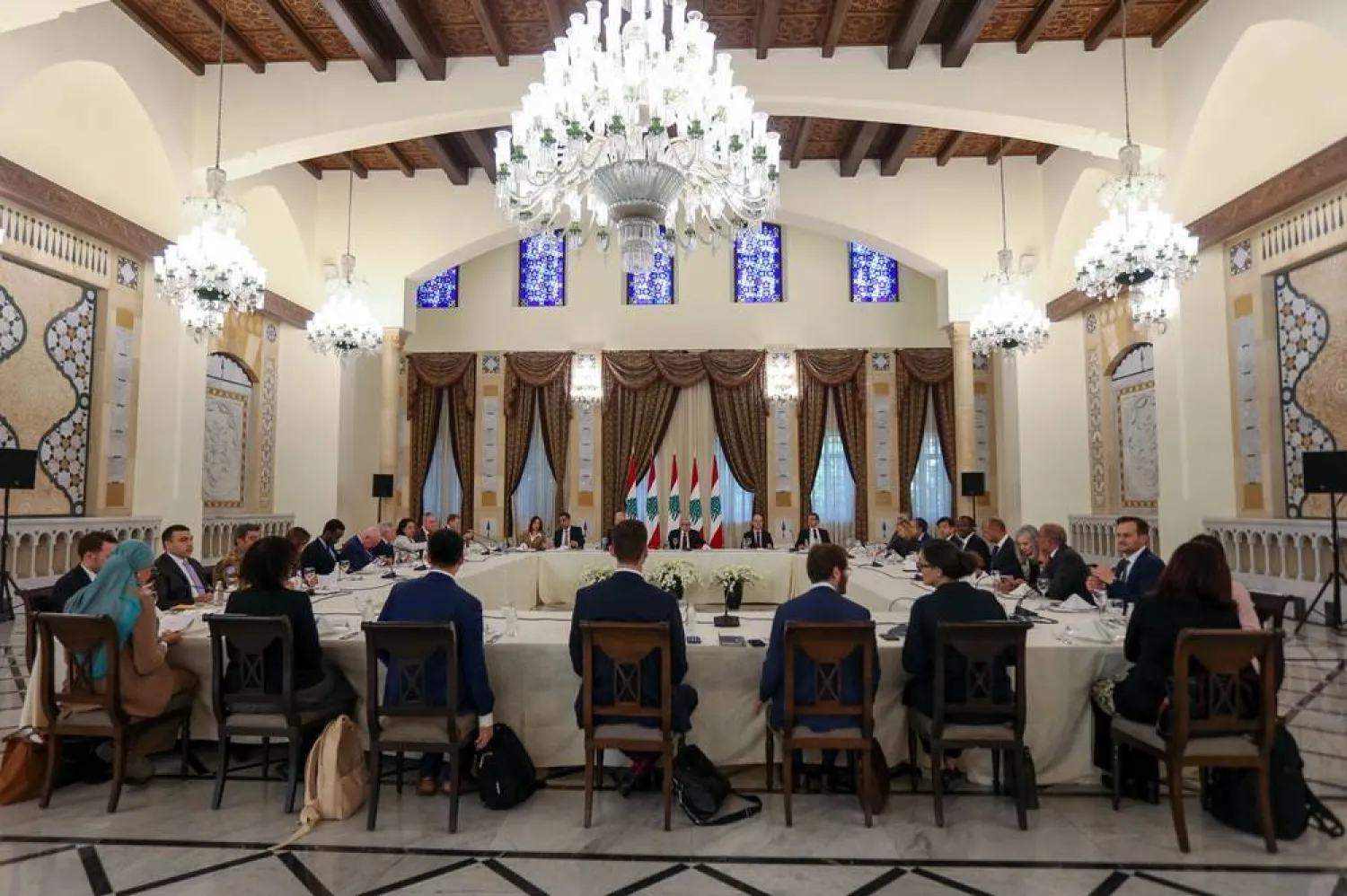Israel’s response to the launch of two unidentified rockets marks a shift as it coincides with the planned return of US Deputy Special Envoy for the Middle East Morgan Ortagus to Beirut.
In her second visit, Ortagus aims to persuade Lebanon’s government to engage in diplomatic negotiations with Tel Aviv.
The proposed talks would involve three working groups tasked with securing the release of Lebanese detainees, overseeing Israel’s withdrawal from remaining occupied points, and delineating borders in accordance with the 1949 armistice agreement.
The launch of two rockets marks the second such incident in less than a week.
The first attack took place last Saturday, targeting the Israeli settlement of Metula with three rockets, which were intercepted and brought down by Israel near the Blue Line.
The latest rocket fire coincided with Lebanese President Joseph Aoun’s meeting with his French counterpart Emmanuel Macron in Paris, in what appeared to be a message that the Lebanese army’s efforts to assert state authority over all national territory were insufficient—particularly as Ortagus prepares for her return to Beirut.
The identity of those behind the rocket launches remains unclear, as Hezbollah has repeatedly denied any involvement.
Sources familiar with the security meeting chaired by Prime Minister Nawaf Salam, who was in contact with Aoun during his talks with Macron, told Asharq Al-Awsat that the meeting closely examined the question of who was responsible for the attacks.
According to the sources, the assessment within the expanded security meeting was that Hezbollah had no interest in launching the rockets.
Discussions among security officials, however, also ruled out Palestinian factions, as the rockets were fired from an area under Hezbollah’s influence.
Hezbollah, the sources noted, is sensitive to the prevailing mood among Lebanon’s Shiite community, which seeks stability in the south—a goal that remains elusive while the war continues.
The group is wary of alienating its support base and has refrained from responding to Israeli ceasefire violations, despite the embarrassment this causes within its ranks.
Currently, Hezbollah is aligned with the Lebanese government’s diplomatic efforts to pressure Israel into withdrawing from southern Lebanon, the sources said. President Aoun recently affirmed that the group is cooperating with the Lebanese army south of the Litani River.
If the ongoing military intelligence investigation determines that neither Hezbollah nor any other local actor was involved in the rocket launches, questions may arise over whether Israel itself was behind the attack, given its history of ceasefire violations.
Israel, the sources added, has the most to gain from undermining the US-French-brokered ceasefire agreement.
Hezbollah, meanwhile, has little to gain from escalating tensions, particularly as Lebanon enters Eid al-Fitr and Easter—holidays that traditionally bring an influx of expatriates and provide a much-needed economic boost.
The sources also questioned whether Israel, with its extensive surveillance capabilities, was truly unable to detect and prevent the launch of the two 107mm rockets.
They pointed out that Israel maintains close aerial monitoring over southern Lebanon, the Bekaa Valley, and the Lebanese-Syrian border, frequently tracking and assassinating Hezbollah operatives.
It has previously targeted the group’s military facilities but did not strike the site from which the rockets were launched, nor the platform used in the attack. Instead, Israel imposed a tit-for-tat equation, equating Kiryat Shmona with Beirut’s southern suburbs—just as it had earlier linked Metula to the Lebanese capital.
The sources did not rule out the possibility that Israel orchestrated the attack through its agents—an angle security services continue to investigate.
If no Lebanese group is found responsible, the sources suggested, the incident could be linked to internal divisions within Hezbollah, where some elements advocate military responses to Israeli violations, while others back the government’s diplomatic approach.
Israel’s response, they added, fits within broader efforts to pressure Lebanon into direct negotiations—a move openly supported by Washington, as conveyed through Ortagus.
The timing of the rocket launch, coinciding with the Aoun-Macron meeting, was seen as an attempt to push France toward aligning with the US position, rather than maintaining its current stance, which is more sympathetic to Lebanon’s perspective.
Ahead of Ortagus’s visit, Aoun outlined Lebanon’s approach to the US proposal from Paris, stressing that any negotiations must distinguish between three separate issues: the release of Lebanese detainees, Israel’s withdrawal from occupied points, and border demarcation under internationally recognized diplomatic protocols—without leading to normalization with Israel or forcing Lebanon into a “war or negotiations” scenario dictated by Tel Aviv.









